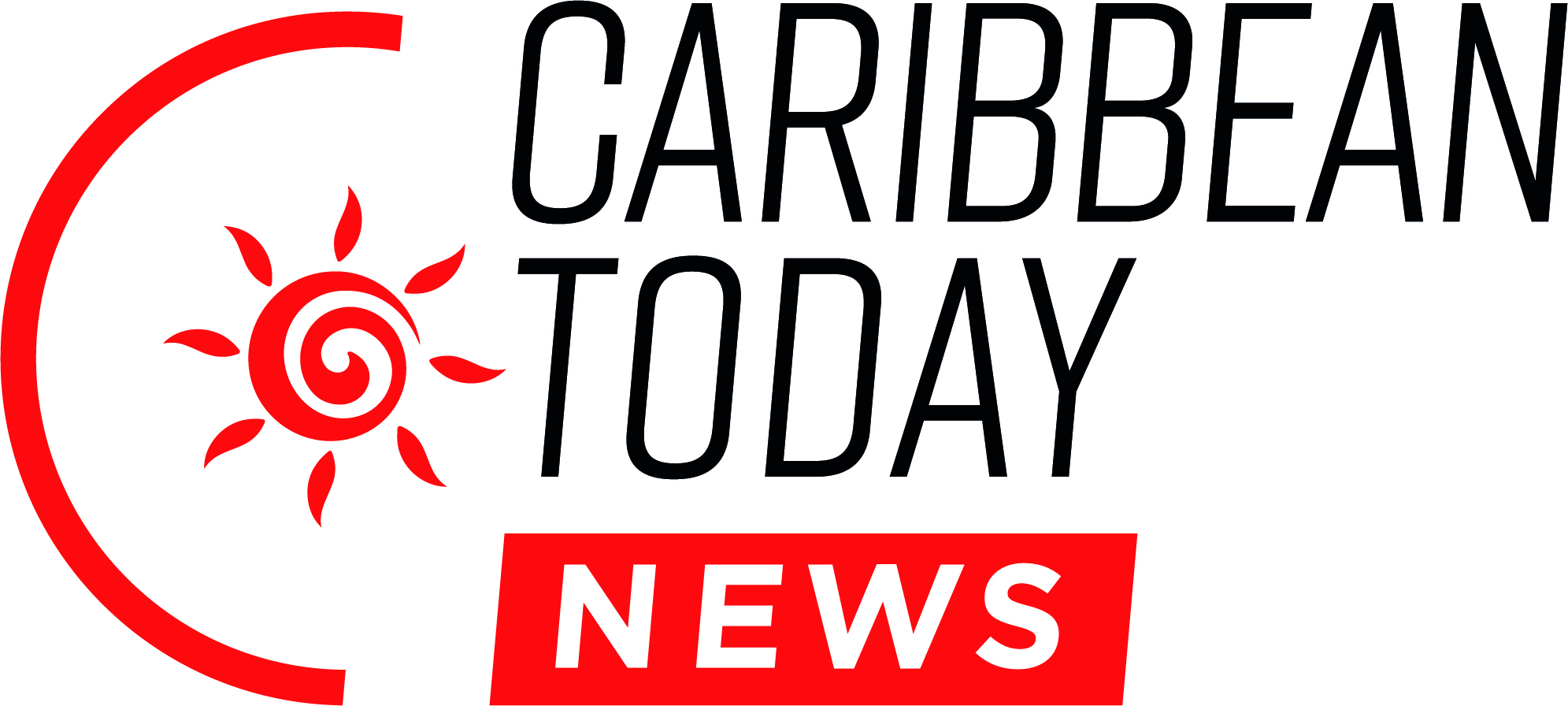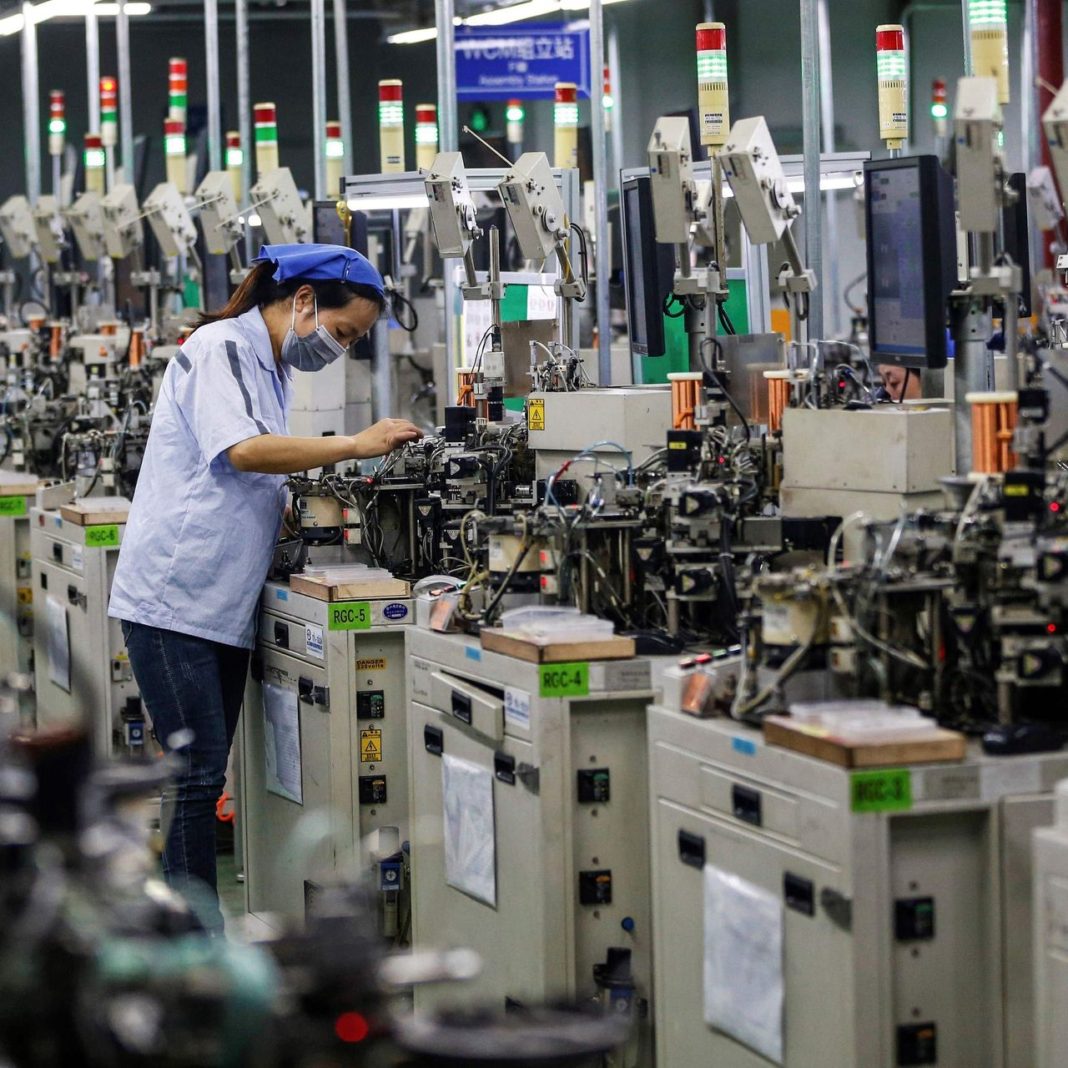Chinese factory inflation rose more than expected in July, data showed Monday, as surging commodity prices offset government measures to temper costs.
The world’s second largest economy has largely bounced back from strict coronavirus lockdowns last year but a fresh spike in cases of the highly transmissible Delta variant has raised concerns about the recovery.
That has raised concerns that inflation could spike further if lockdowns in parts of the country cause supply problems.
The producer price index (PPI), which measures the cost of goods at the factory gate, rose to 9.0 percent on-year, the same as May, which was a 13-year high, according to the National Bureau of Statistics.
That came despite moves by the government to temper the price increases by raising export tariffs on certain iron and steel products, temporarily exempting tariffs on pig iron and scrap steel, and canceling export tax rebates for some steel products, to increase supply in the domestic market.
“The price increase of industrial products expanded slightly, affected by sharp increases in the costs of crude oil, coal and related products,” said NBS senior statistician Dong Lijuan in a statement.
While the PPI remains elevated, consumer inflation ticked down to 1.0 percent, with officials stressing their work to stabilise prices in the wake of recent disasters including floods in central China and with companies appearing to absorb the increases instead of passing them on to consumers.
The slight fall in the consumer price index (CPI), a key gauge of retail inflation, came on the back of easing food prices as pork prices fell 43.5 percent on-year, supported by China’s pork reserves and rising supplies.
This was even as “extreme weather such as typhoons and heavy rainfall in some areas” bumped up the cost of fresh vegetable production, storage and transportation.



